The
"BAB" Ballads: illustrated by the Author - he signs himself
as BAB. ca 1910-1920 ~ Philadelphia: David McKay ~ A selection of
ballads such as: Captain Reece ~ General John ~ Sir Macklin ~ Babette's
Love ~ The Yarn of the Nancy Bell ~ 309 pages
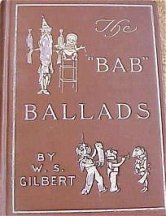 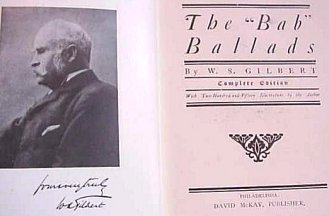
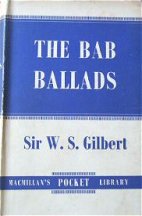 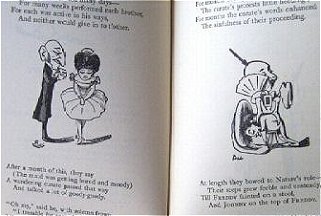
Other:
The Mikado
The Savoy Operas 1926 ~ MacMillan ~ The Complete text
of the Gilbert and Sullivan Operas as originally produced in the years
1875-1896 698 pages. Contents include: “Trail By Jury,” “The Sorcerer,”
“H.M.S. Pinafore; or, The Lass That Loved a Sailor,” “The Pirates of Penzance;
or, The Slave of Duty,” “Patience; or, Bunthorne’s Bride,” “Iolanthe; or,
The Peer and the Peri,” “Princess Ida; or, Castle Adamant,” “The Mikado;
or, The Town of Titipu,” “Ruddigore; or, The Witches Curse,” “The Yeoman
of the Guard; or, The Merryman and His Maid,” “The Gondoliers; or, The
King of Barataria,” “Utopia Limited; or, The Flowers of Progress,” and
“The Grand Duke; or, The Statutory Duel.”
The Bab Ballads reissued on audio cassette format
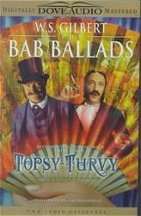 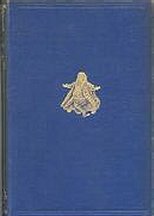 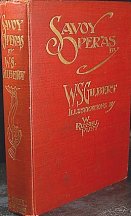 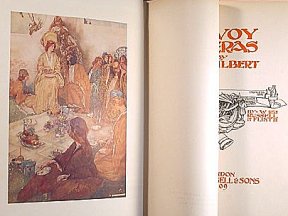
|
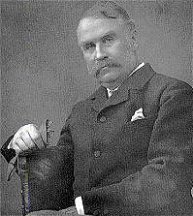 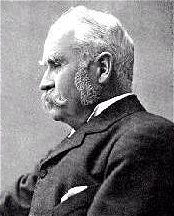 William
Schwenck Gilbert (November 18, 1836 - May 29, 1911) was
a British dramatist best known for his operatic collaborations with the
composer Arthur Sullivan. Gilbert published numerous short pieces of humour
and was a cartoonist. Gilbert's father was a naval surgeon and he spent
much of his youth touring Europe before settling down in London in 1849
later becoming a novelist in his own right, the most famous of his works
being The Magic Mirror the original edition of which was illustrated by
his son. Gilbert's parents were distant and stern, and he did not have
a particularly good relationship with either of them. Following the breakup
of their marriage in 1876, his relationships became even more strained,
especially with his mother. In the late 1850s and early 1860s, he began
a career as a barrister, supplementing his income and indulging his creative
side with the publication of several short poems using the childhood nickname
"Bab" for which the poems have become known as the Bab Ballads. In 1863,
he wrote his first professional play, Uncle Baby, which ran for seven weeks.
This represented his only dramatic success until 1866 when he had a burlesque
and a pantomime produced. The following year, he married Lucy Agnes Turner.
Following their marriage, he began to turn his attention more and more
to writing for the stage and directing his work so that it would resemble
his vision. Gilbert became a stickler that his actors interpret his work
only in the manner he desired. William
Schwenck Gilbert (November 18, 1836 - May 29, 1911) was
a British dramatist best known for his operatic collaborations with the
composer Arthur Sullivan. Gilbert published numerous short pieces of humour
and was a cartoonist. Gilbert's father was a naval surgeon and he spent
much of his youth touring Europe before settling down in London in 1849
later becoming a novelist in his own right, the most famous of his works
being The Magic Mirror the original edition of which was illustrated by
his son. Gilbert's parents were distant and stern, and he did not have
a particularly good relationship with either of them. Following the breakup
of their marriage in 1876, his relationships became even more strained,
especially with his mother. In the late 1850s and early 1860s, he began
a career as a barrister, supplementing his income and indulging his creative
side with the publication of several short poems using the childhood nickname
"Bab" for which the poems have become known as the Bab Ballads. In 1863,
he wrote his first professional play, Uncle Baby, which ran for seven weeks.
This represented his only dramatic success until 1866 when he had a burlesque
and a pantomime produced. The following year, he married Lucy Agnes Turner.
Following their marriage, he began to turn his attention more and more
to writing for the stage and directing his work so that it would resemble
his vision. Gilbert became a stickler that his actors interpret his work
only in the manner he desired.
In 1871, John Hollingshead commissioned Gilbert to work
with Sullivan to create the Grotesque Operetta Thespis, or The Gods Grown
Old for the Christmas season at the Gaiety Theatre. This proved successful
in that it outran 5 of its 9 competitors, closing only at Easter and being
revived for the benefit of Nellie Farren, one of its stars, later in April
1872. However, this proved to be a false start in the men's collaborative
efforts. It would be another four years before the men worked together
again. Gilbert and Sullivan's real collaborative efforts began in 1875
when Richard D'Oyly Carte commissioned them to write a one act play, Trial
by Jury. The success was so great that the three men formed an oftentimes
turbulent partnership which lasted for twenty years and a further twelve
operettas. Initially D'Oyly Carte's company was known as the Comedy Opera
Company and Carte needed to enlist financial backing. It was his backers
who stood in the way of the initial plans to revise and revive Thespis,
insisting that they wanted a new work for their money and thereby losing
Thespis to posterity as the full vocal score was never published. The first
work to be presented by the new company at London's Opera Comique, was
The Sorcerer in November 1877. This was followed by H.M.S. Pinafore in
May 1878, which, despite a slow start, mainly due to a scorching summer,
became a red-hot favourite in the autumn causing the directors to storm
the theatre one night in an attempt to steal the sets and costumes to mount
a rival production. The attempt was repelled and D'Oyly Carte continued
as sole impresario of a newly re-named D'Oyly Carte Opera Company.
While working with Sullivan on the Savoy Operettas, Gilbert
continued to write plays to be performed elsewhere, both serious dramas
(i.e. The Ne'er-Do-Weel, 1878) and more humorous works (i.e. Foggerty's
Fairy, 1881). Sullivan too have a career of his own. Two ballets, a symphony,
a cello concerto, and number of large-scale choral pieces, incidental music
to five of Shakespeare's plays and, of course, other operatic works including
Ivanhoe which opened D'Oyly Carte's new Royal English Opera House (now
the Palace Theatre) in Cambridge Circus in 1891. Gilbert and Sullivan had
many rifts in their career, partly caused by the fact that each saw himself
allowing his work to be subjugated to the other's, partly by their gap
in social status. Sullivan was knighted in 1883 not long after the company
moved to it's new home; The Savoy Theatre. One suspects however that this
knighthood was not so much for his work with Gilbert, but for his more
'serious' music such as the Musical Drama The Martyr of Antioch, first
produced late in 1881; Gilbert's family was lower in the social order and
he was not recognized until 1907 when he was knighted by King Edward VII.
In any event, Gilbert filled his plays with a strange mixture of cynicism
about the world and "topsy-turvydom" in which the social order was turned
upside down. This later, particularly, did not go well with Sullivan's
desire for realism, (not to mention his vested interest in the social order
as it was).
In 1893, Gilbert was named a Justice of the Peace in Harrow
Weald. Although he announced a retirement from the theatre after the poor
initial run of his last work with Sullivan, The Grand Duke (1896), he continued
to produce plays up until the year of his death including an opera Fallen
Fairies with Edward German (Savoy 1909) and an excellent one-act play set
in a condemned cell, The Hooligan (Colliseum 1911). Gilbert also continued
to personally supervise the various revivals of his works by the D'Oyly
Carte Opera Company. On May 29, 1911, he was giving swimming lessons to
two young ladies at his lake when one of them began to flail around. Gilbert
dived in to save her, but suffered a heart attack in the middle of the
lake and drowned.
From Wikipedia, the free encyclopedia.
The
Life of W.S. Gilbert
http://www.grimsdyke.com/wsglife.htm
|

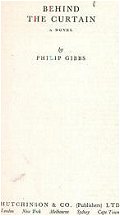
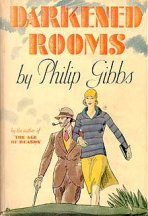
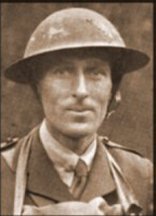

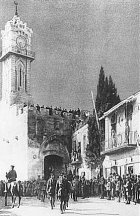










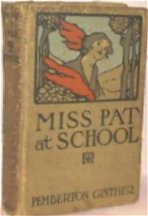
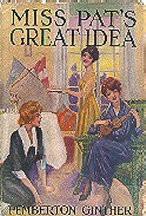
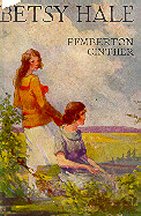
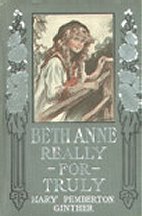
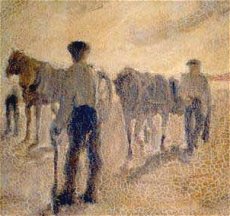
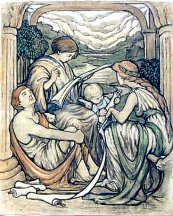
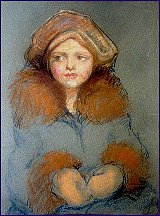
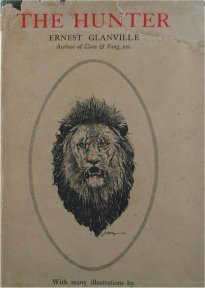
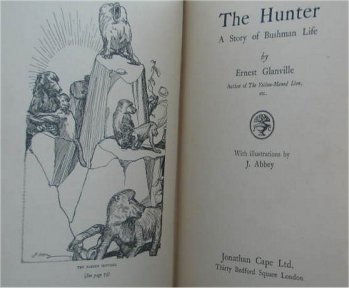
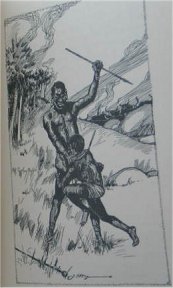
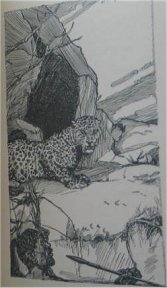
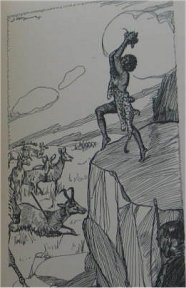
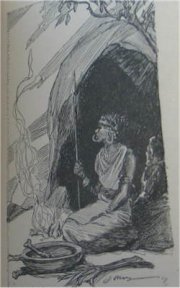
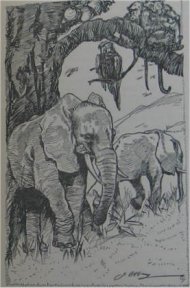
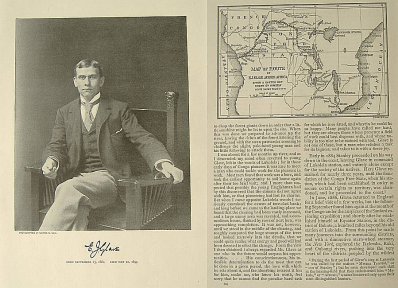
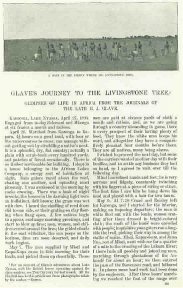
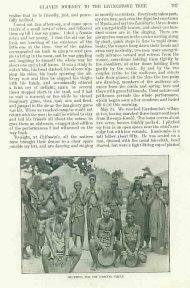
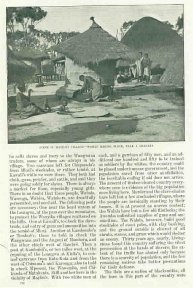
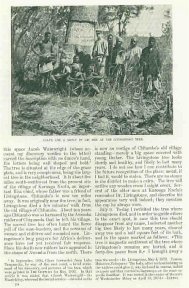
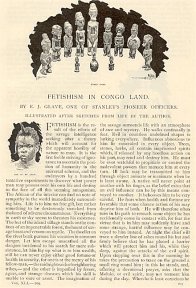
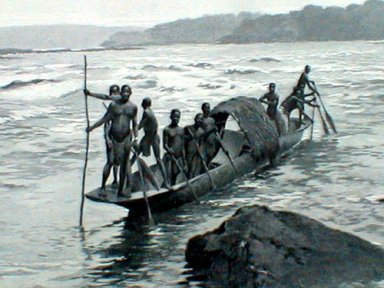 A 17-page, illustrated
magazine article contains the concluding extracts from the journal of the
travel and exploration writer E. J. Glave. Glave was on assignment with
Century Monthly Magazine reporting on his explorations in the Congo Free
State which was a colony of Belgium in the 1890's. His fine, incisive reporting
gives a great picture of what it was like in the Congo at that time. The
journal entries in this article begin in January, 1895 and continue up
until May 2nd, 1895 . Glave died of a tropical fever on May 12th at Matadi
in the home of the Baptist missionaries , Mr. and Mrs. Lawson Forfeitt.
Glave was 32 years of age at his death. Also included in this article is
an open letter from the editor of The Century Magazine which includes some
really heart wrenching descriptions of the last days of Glave at the Mission
Station. The reader gets a real feel for what it was like to be traveling
through the Congo Free State at that time. The exhilarating moments, the
incredible landscapes, and monumentally unjust situations the natives were
forced into, as well as the oppressive heat, humidity and the sudden deadly
tropical fevers are all described in Glave's journal and the item from
the Century Editor. This last additional 3-page piece from the Century
editor includes several of Glave's last letters and also the eyewitness
account of his last days written by Lawson Forfeitt. Included in the article
is a nice nap indicating the route of E.J. Glave across Africa based on
a sketch map drawn by him. There are 14 illustrations in the article based
on photographs that Glave took -- Wasongola Taking Glave's Canoe through
the Wabundu Rapids -- Wasongola Women at Market -- Lt. Rue and his Bangala
Soldiers in a Dugout -- Market-day at Wabundu -- Native Suspension-bridge
-- Fishing Scaffolds on the Congo River -- Part of the Chopo Falls, from
the North bank -- Views on the Line of the Congo Railway -- Station-house
Occupied by Capt.Rom at Stanley Falls-a group of Station Laborers in the
Foreground -- Reverend and Mrs. Lawson Forfeitt at the Baptist Mission,
Underhill,Matadi. (this photographt taken by Glave while their Guest-he
died at in this House ) --. View of Matadi on the Congo River -- and other
illustrations. This is an authentic 113 year-old magazine piece and a great
source of Congo and African history. There are facts, observations, and
insights here not to be found in any of today's sources.
A 17-page, illustrated
magazine article contains the concluding extracts from the journal of the
travel and exploration writer E. J. Glave. Glave was on assignment with
Century Monthly Magazine reporting on his explorations in the Congo Free
State which was a colony of Belgium in the 1890's. His fine, incisive reporting
gives a great picture of what it was like in the Congo at that time. The
journal entries in this article begin in January, 1895 and continue up
until May 2nd, 1895 . Glave died of a tropical fever on May 12th at Matadi
in the home of the Baptist missionaries , Mr. and Mrs. Lawson Forfeitt.
Glave was 32 years of age at his death. Also included in this article is
an open letter from the editor of The Century Magazine which includes some
really heart wrenching descriptions of the last days of Glave at the Mission
Station. The reader gets a real feel for what it was like to be traveling
through the Congo Free State at that time. The exhilarating moments, the
incredible landscapes, and monumentally unjust situations the natives were
forced into, as well as the oppressive heat, humidity and the sudden deadly
tropical fevers are all described in Glave's journal and the item from
the Century Editor. This last additional 3-page piece from the Century
editor includes several of Glave's last letters and also the eyewitness
account of his last days written by Lawson Forfeitt. Included in the article
is a nice nap indicating the route of E.J. Glave across Africa based on
a sketch map drawn by him. There are 14 illustrations in the article based
on photographs that Glave took -- Wasongola Taking Glave's Canoe through
the Wabundu Rapids -- Wasongola Women at Market -- Lt. Rue and his Bangala
Soldiers in a Dugout -- Market-day at Wabundu -- Native Suspension-bridge
-- Fishing Scaffolds on the Congo River -- Part of the Chopo Falls, from
the North bank -- Views on the Line of the Congo Railway -- Station-house
Occupied by Capt.Rom at Stanley Falls-a group of Station Laborers in the
Foreground -- Reverend and Mrs. Lawson Forfeitt at the Baptist Mission,
Underhill,Matadi. (this photographt taken by Glave while their Guest-he
died at in this House ) --. View of Matadi on the Congo River -- and other
illustrations. This is an authentic 113 year-old magazine piece and a great
source of Congo and African history. There are facts, observations, and
insights here not to be found in any of today's sources.
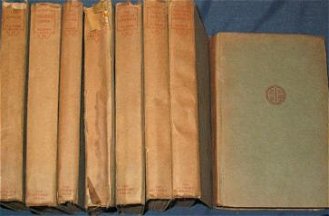
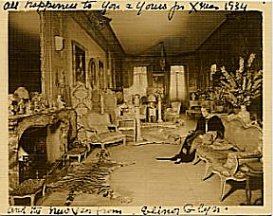
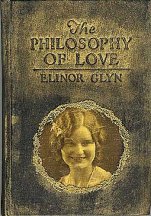
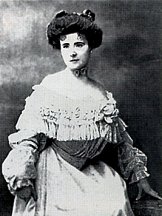
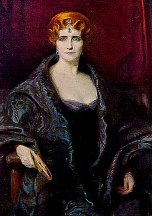
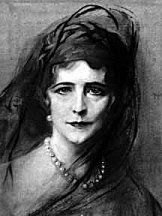
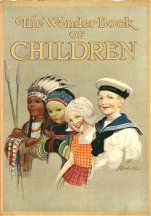
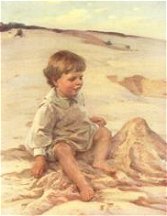
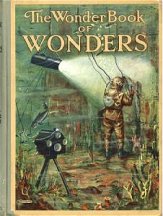
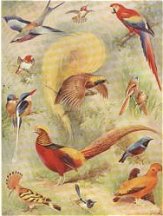
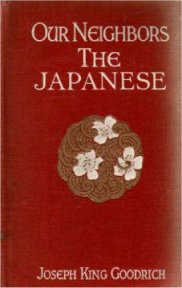
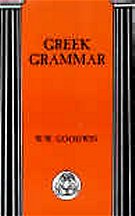 Goodwin’s
Greek Grammar stands with Hadley’s Greek Grammar as one of the most widely
used and longest running Greek Grammars in America. The grammar has gone
through many editions and reprints for over 130 years, with the last major
edition appearing in 1930. Goodwin first earned academic recognition for
his Syntax of the Moods and Tenses of the Greek Verb which was first published
in 1865. Five years later in 1870 he created the first edition of Greek
Grammar which was a brief 235 page textbook called Elementary Greek Grammar.
In 1879 the grammar was later revised to 393 page edition and renamed to
A Greek Grammar. In 1892, Goodwin revised his grammar yet again to the
451 page edition entitled, A Greek Grammar Revised and Enlarged. It is
the 'revised and enlarged' edition which was in widespread use and it is
this edition that is available for download. The next major edition, the
Goodwin and Gulick edition, occurred 38 years later in 1930 and was largely
rewritten by Charles Gulick. The Goodwin and Gulick edition can be purchased
new to this day. It should be made absolutely clear that Goodwin’s Greek
Grammar is what is known as a reference grammar and it is not intended
for beginners. Historically, students used this grammar in conjunction
with a reader by the same publisher. The reader would provide notes and
references back to the grammar for further help and clarification.
Goodwin’s
Greek Grammar stands with Hadley’s Greek Grammar as one of the most widely
used and longest running Greek Grammars in America. The grammar has gone
through many editions and reprints for over 130 years, with the last major
edition appearing in 1930. Goodwin first earned academic recognition for
his Syntax of the Moods and Tenses of the Greek Verb which was first published
in 1865. Five years later in 1870 he created the first edition of Greek
Grammar which was a brief 235 page textbook called Elementary Greek Grammar.
In 1879 the grammar was later revised to 393 page edition and renamed to
A Greek Grammar. In 1892, Goodwin revised his grammar yet again to the
451 page edition entitled, A Greek Grammar Revised and Enlarged. It is
the 'revised and enlarged' edition which was in widespread use and it is
this edition that is available for download. The next major edition, the
Goodwin and Gulick edition, occurred 38 years later in 1930 and was largely
rewritten by Charles Gulick. The Goodwin and Gulick edition can be purchased
new to this day. It should be made absolutely clear that Goodwin’s Greek
Grammar is what is known as a reference grammar and it is not intended
for beginners. Historically, students used this grammar in conjunction
with a reader by the same publisher. The reader would provide notes and
references back to the grammar for further help and clarification.
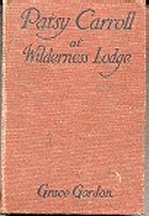
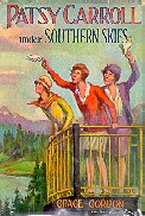 Patsy
Carroll in Wilderness Lodge 1917 Cupples & Leon ~
illustrated by R. Emmett Owen.(a 4-volume series) ~ 340 pages
Patsy
Carroll in Wilderness Lodge 1917 Cupples & Leon ~
illustrated by R. Emmett Owen.(a 4-volume series) ~ 340 pages
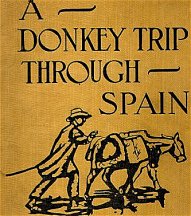 A Donkey
Trip Through Spain ~ 1924 ~ NY: Robert M. McBride & Co. "Would
you travel through Spain on a donkey? Jan and Cora Gordon did in 1924.
Orange boards with drawing of a donkey and driver and pencil sketches inside
showing the various wacky characters they encountered; B&W Illustrations
~ 273 pages
A Donkey
Trip Through Spain ~ 1924 ~ NY: Robert M. McBride & Co. "Would
you travel through Spain on a donkey? Jan and Cora Gordon did in 1924.
Orange boards with drawing of a donkey and driver and pencil sketches inside
showing the various wacky characters they encountered; B&W Illustrations
~ 273 pages 







